Kinjo Kaikan 1F,
1-29 Katori-cho, Nakamura-ku,
Nagoya, Aichi Prefecture, Japan
ONE DAY IN HIGASHIYAMA DISTRICT: A walking tour in Kyoto’s most picturesque area (Part 1)
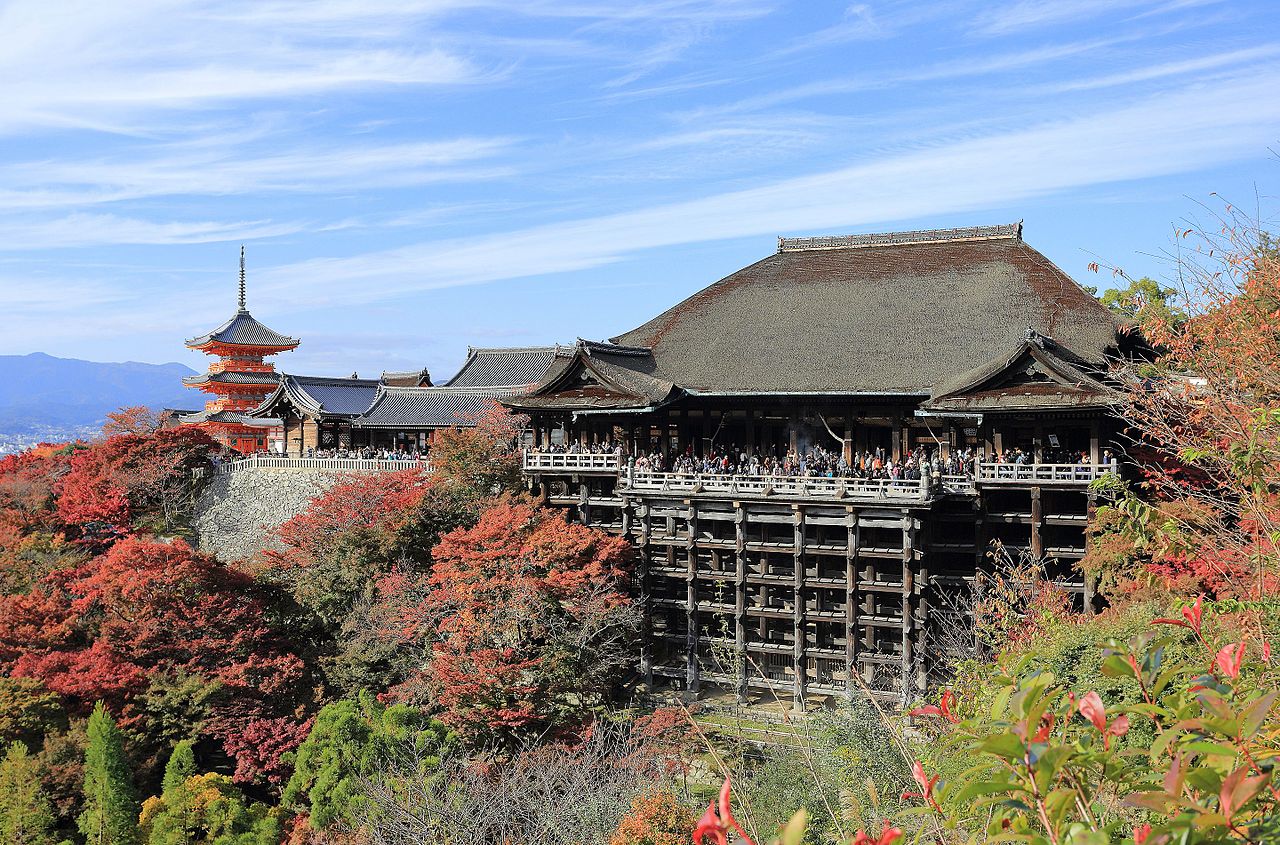
INTRODUCTION
Higashiyama District is located in the eastern part of Kyoto and it is an area that extends from Kiyomizudera Temple to Maruyama Park. This is the best preserved historic districts of the city, thence one of the best places to experience the traditional and magical atmosphere of the “Old Kyoto”.
In the photos below, you can see the 46-meter-tall Yasaka Pagoda (also known as Hokan-ji Temple) the oldest Pagoda in Kyoto dating back to 592.
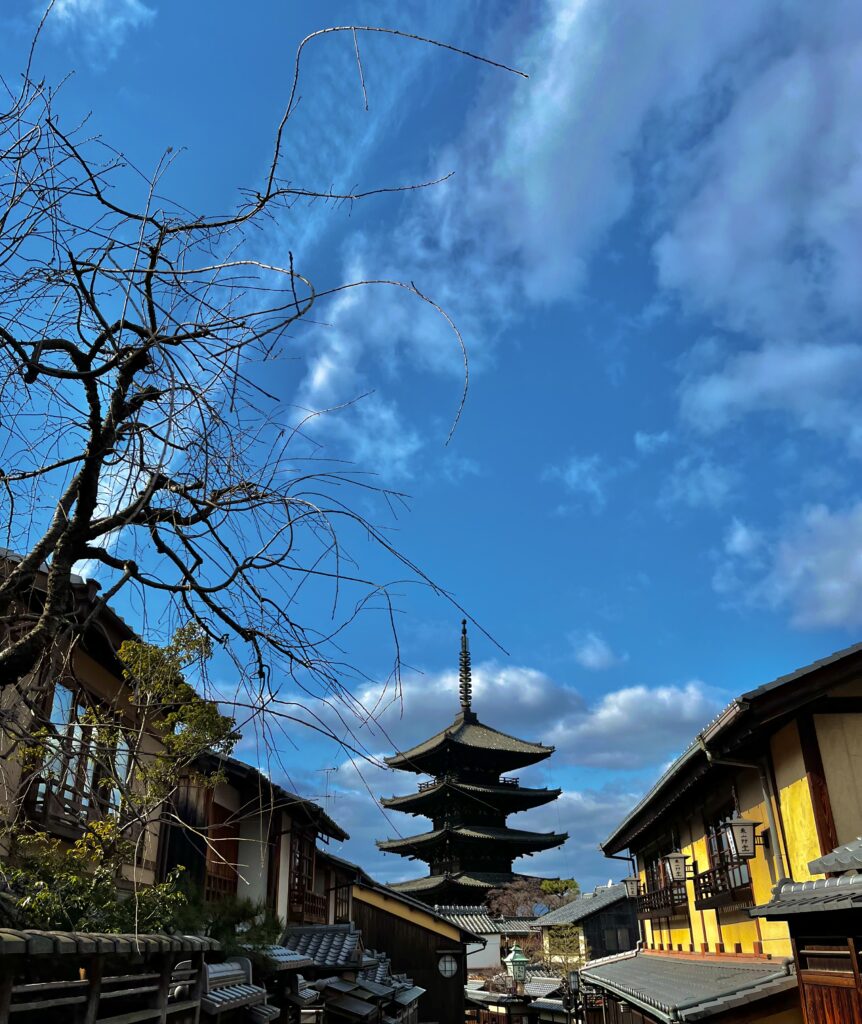
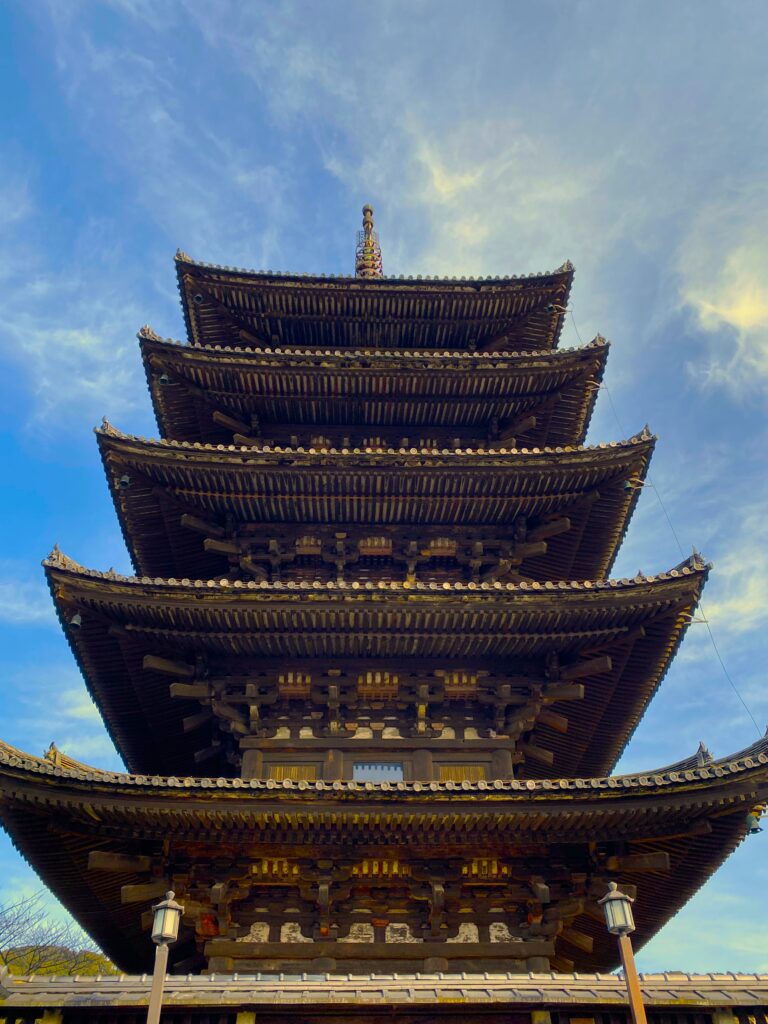
This picturesque area is rich with breathtaking temples and shrines, beautiful gardens, machiya traditional townhouses, vintage-style streets lined up with many shops and cafes.
KIYOMIZUDERA TEMPLE: A window into the nature
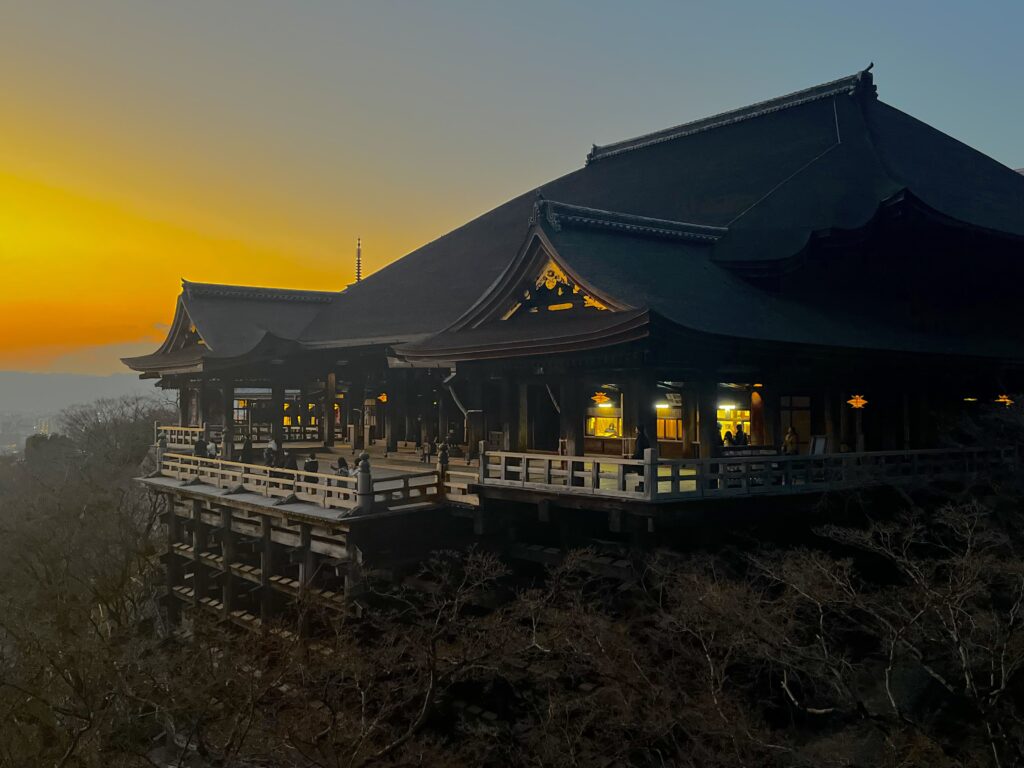
Our starting point is Kiyomizudera Temple, also known as “Pure Water Temple”, a magnificent Buddhist temple founded on 778 and consecrated to Kannon, the deity of compassion. It was destroyed many times by fire and the present buildings date back to 1631-1633 by order of the Shogun Tokugawa Iemitsu. In 1994 it was registered on the UNESCO World Cultural Heritage list.
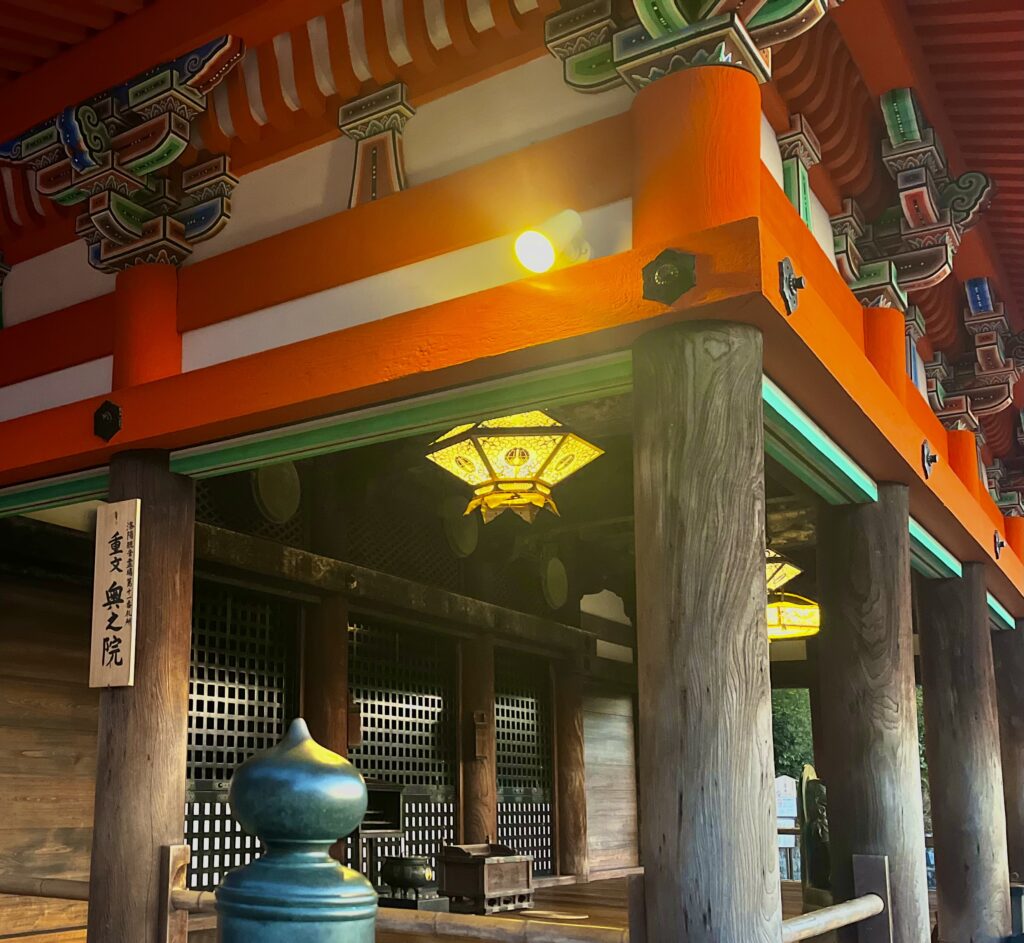
The temple was built on the site of the Otowa Waterfall famous for its clear and pure water, from which the Kiyomizudera Temple takes its name. It is said that this water possesses the power to extend one’s life and fulfill one’s wishes, and you can take a long-handled ladle and drink from one of the channels yourself!
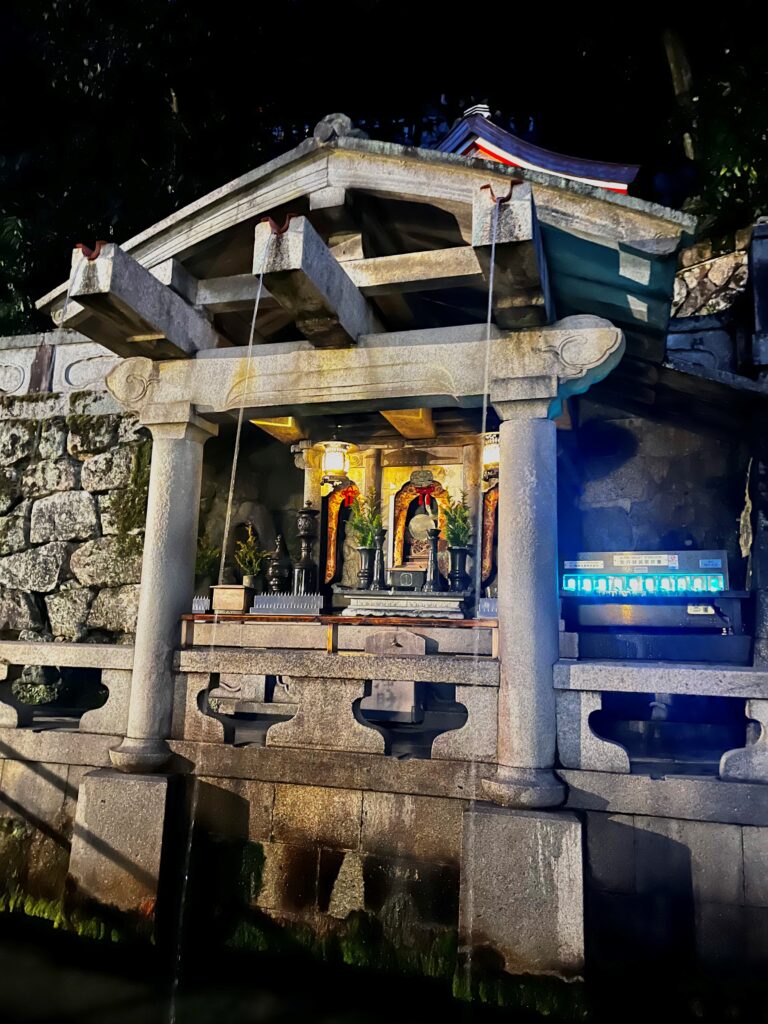
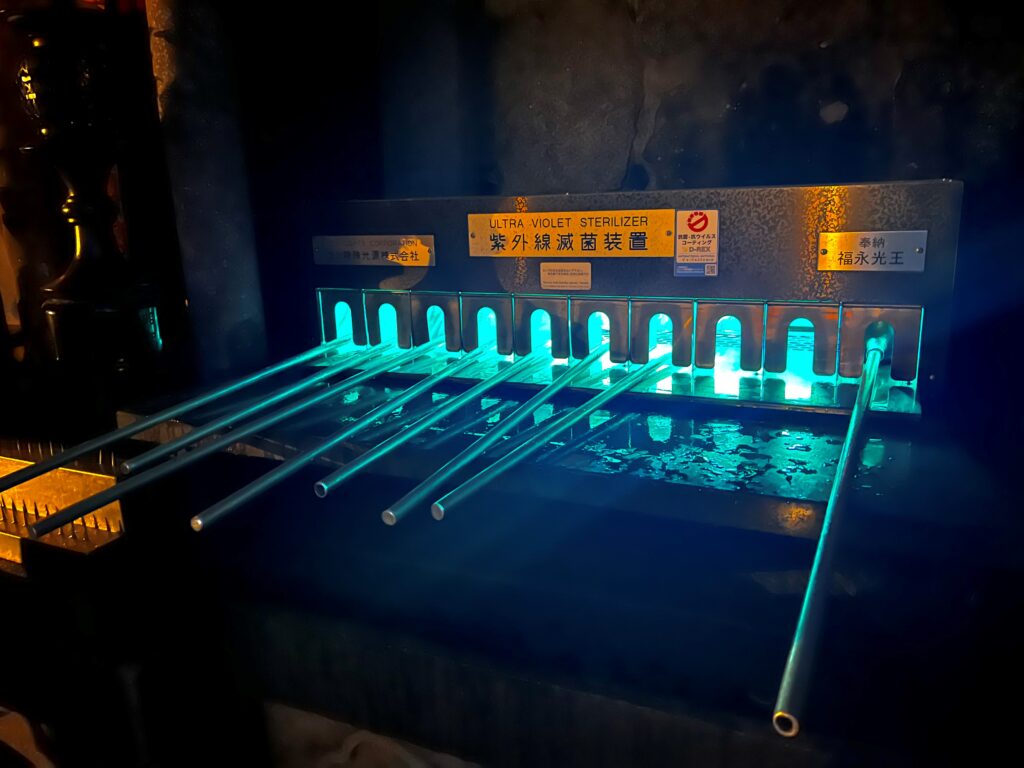
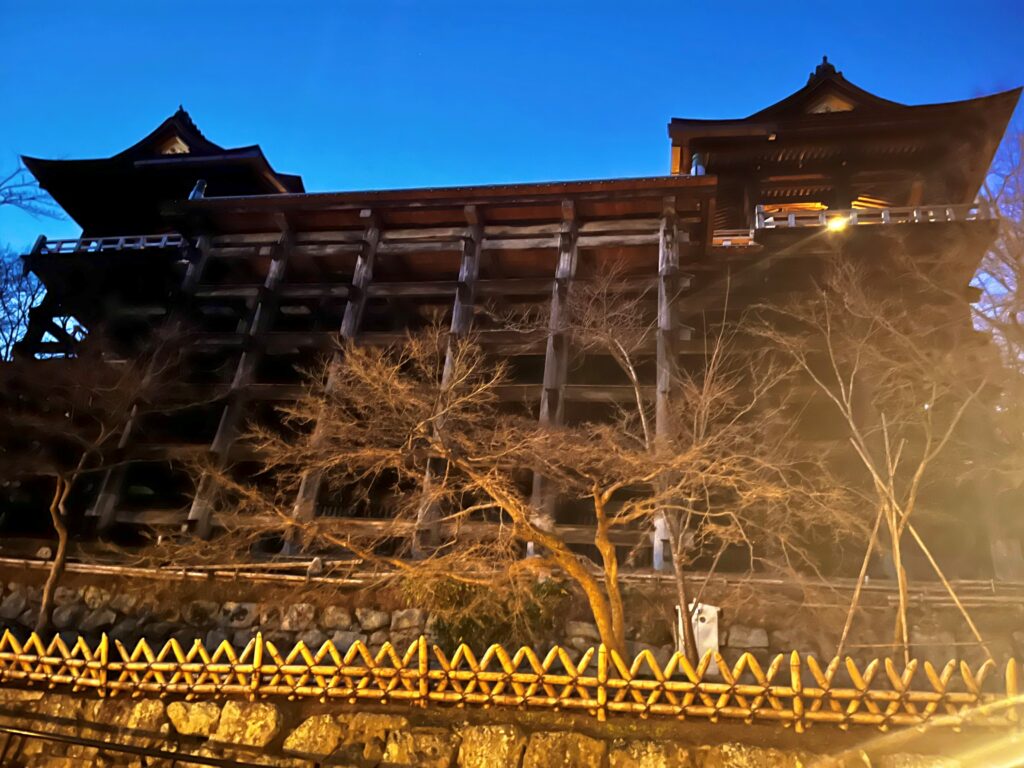
Moreover, Kiyomizudera Temple offers an amazing view of Kyoto from its 13-meter-tall wooden stage. The whole structure is built by a resistant joining technique called Jigoku-gumi (interlocking hell). No nails are used!
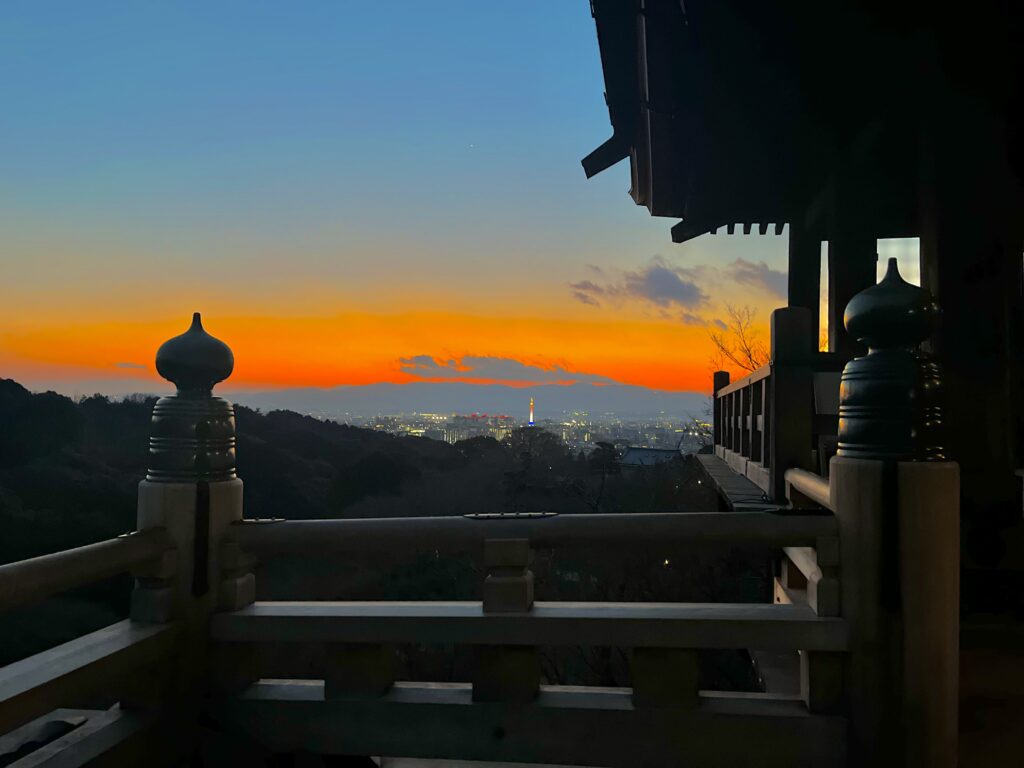
Along the way you will meet O-Jizo-sama, the guardian deity of children and travelers.
The statues, made of stone or clay, are dressed with red hat and bibs because Japanese people believe that the red color is for expelling demons.
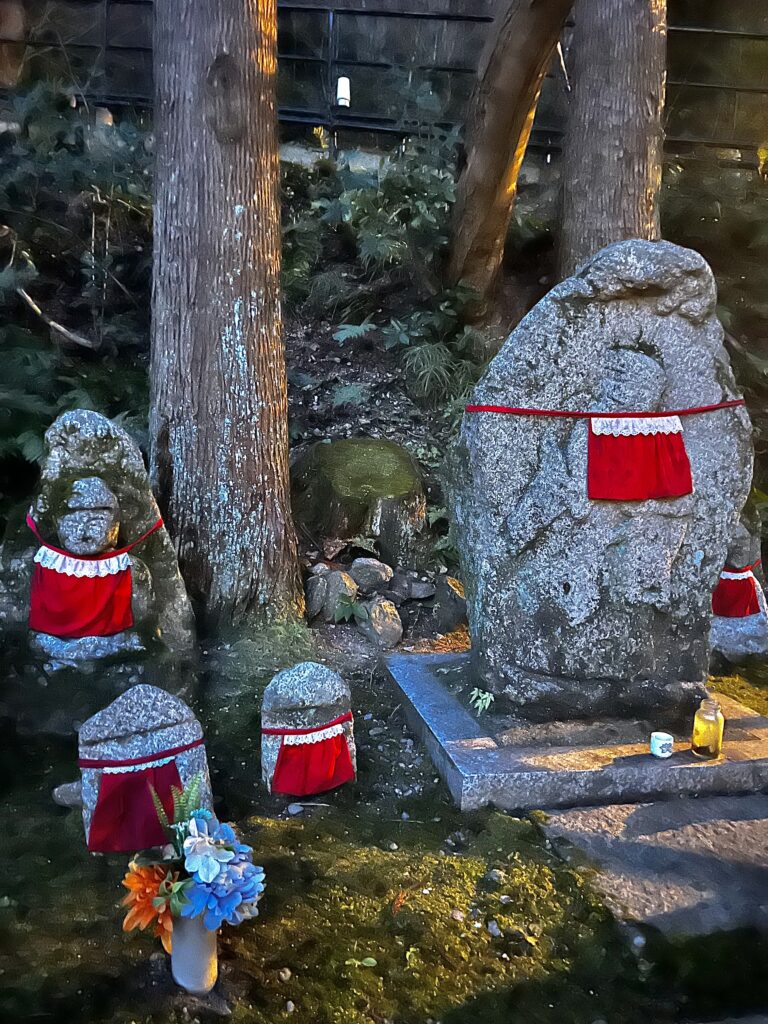
The metaphore “Jumping off the stage at Kiyomizu”

The expression “jumping off the stage at Kiyomizu” was very popular during the Edo period since many people jumped off the stage with an umbrella wishing for their prosperity.
Here is their belief: if they were still alive on the ground, then their wish would have come true. If not, their soul would have gone to Gokurakujodo, the Buddhist Pure Land Paradise. Surprisingly, most of people did not die after jumping, the survival rate was about 80%.
Never think about jumping off the stage during your trip, it is strictly prohibited! Nowadays, japanese people use the expression “jumping off the stage at Kiyomizu” when making an important decision, it is the equivalent of the English expression “to take the plunge”.
Kiyomizudera Temple is also blessed with nature, this makes it a perfect place for admiring the changing of the colors during the four seasons. Every year in spring, summer and autumn occur light-up where the set up of the lights create a even more special and gorgeous atmosphere.
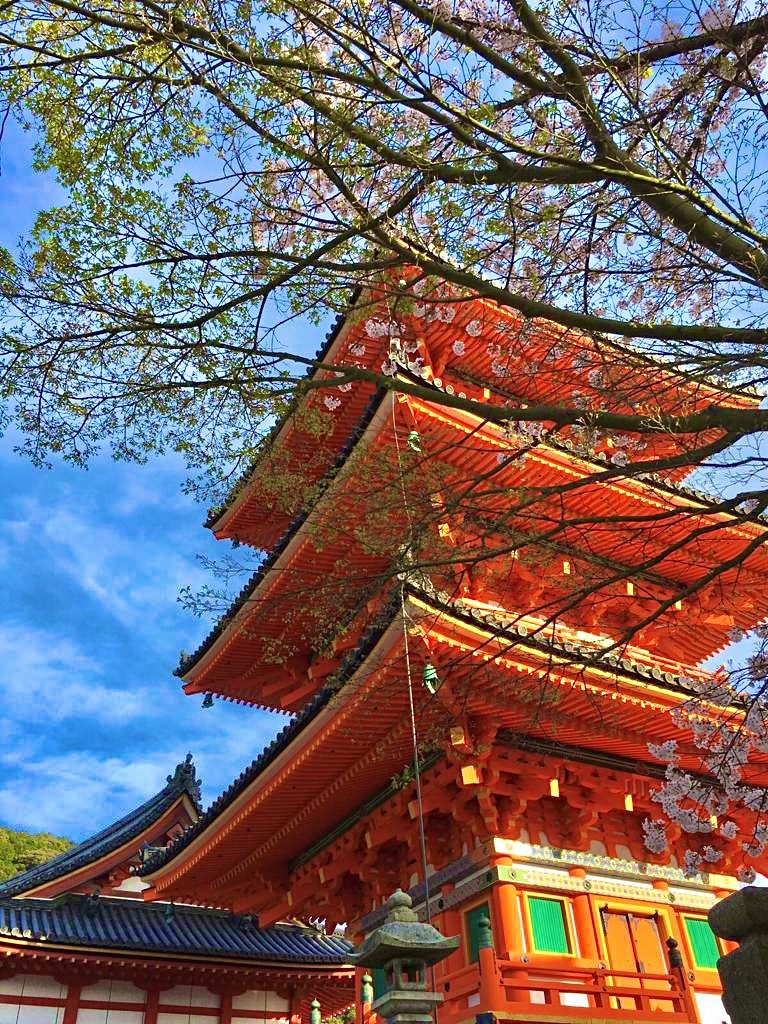
Other attractions at Kiyomizudera Temple


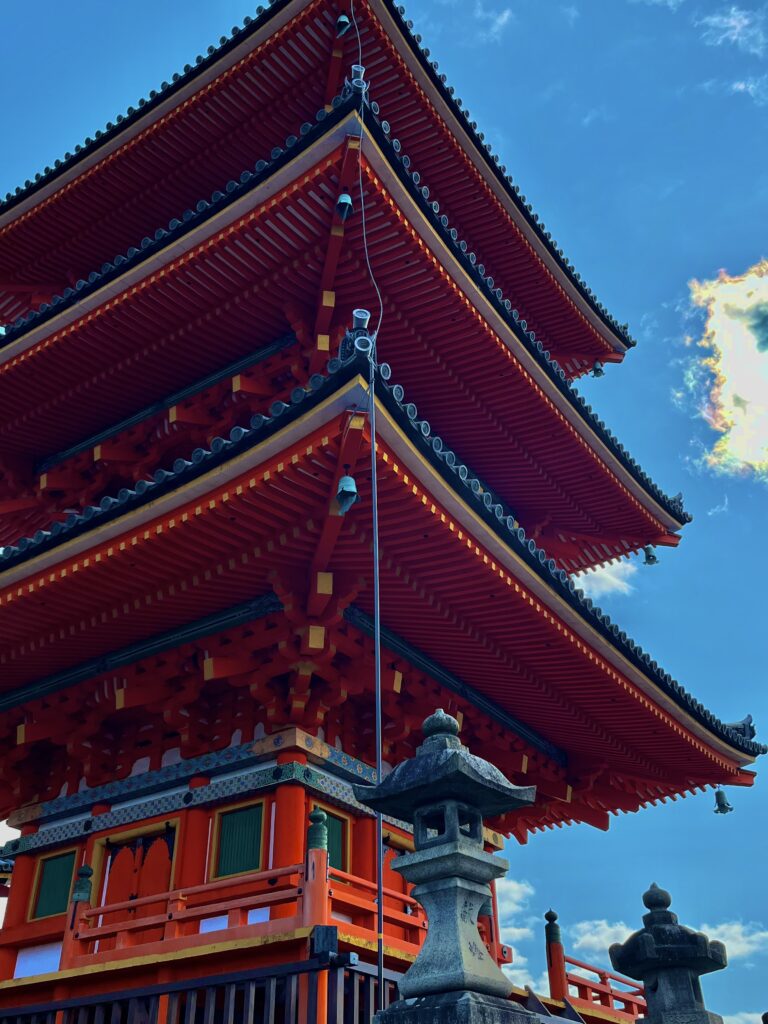
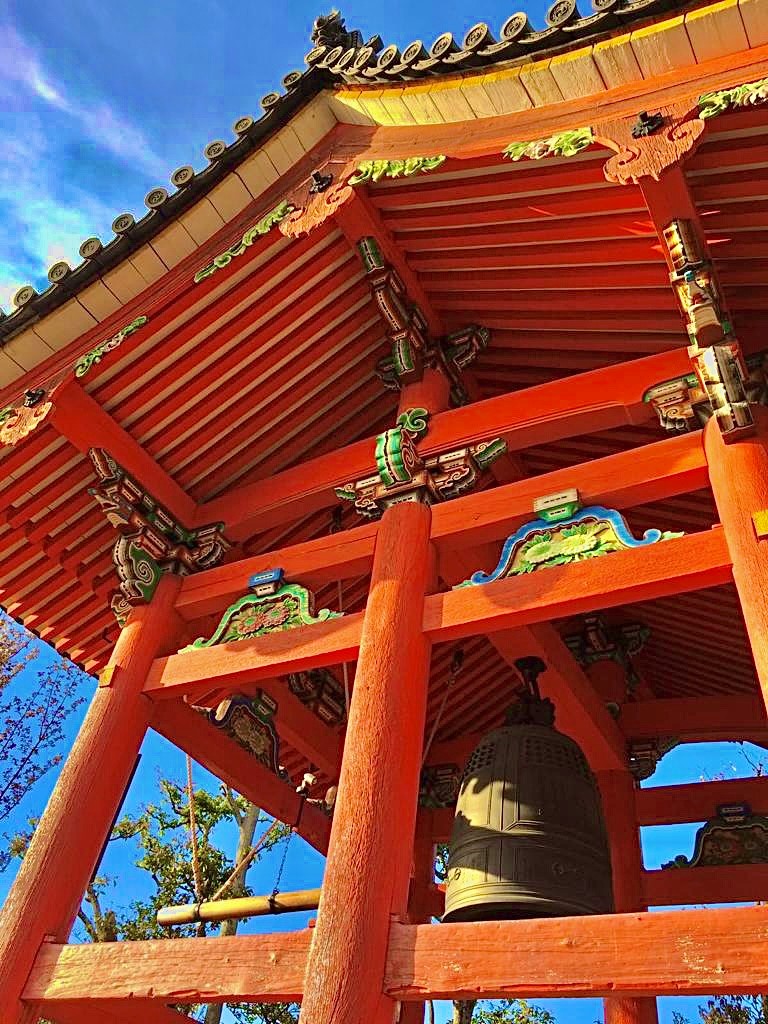
Kiyomizudera’s slopes
Kiyomizudera Temple is located on a mountain and this is why the path up to the temple is a pedestrian area full of slopes. Each stone-paved slope is very narrow and hides a particular feature. You can also try various food while enjoy your promenade since there are a lot of food stalls.
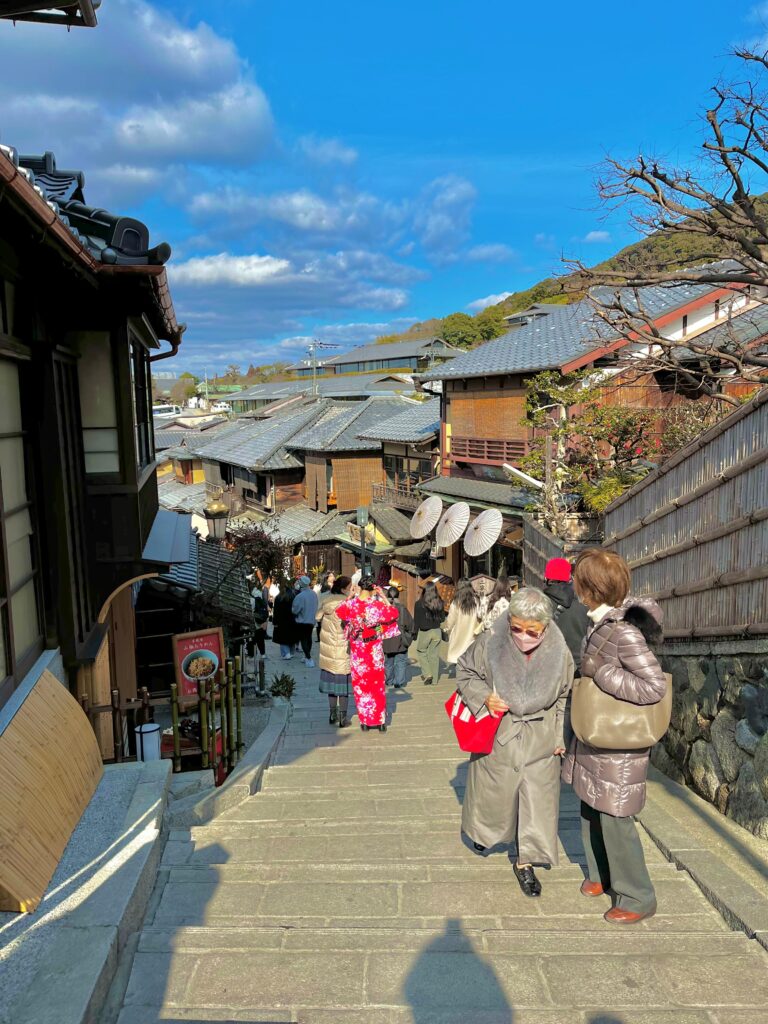
Moreover, some of these streets are lined up with historic Japanese-style buildings including many souvenir shops filled with hand-made artisan products such as ceramics, chopsticks and more!
Shops are usually open from 10 am till 5 pm, and it’s right when tourists start decreasing that you can appreciate a new quiet and magical atmosphere at Kyomizudera Temple. If you do not mind the shops being closed and if you do not like the crowd, then we recommend a visit in the early morning and in the evening at sunset when the play of light and shadow on historical wooden building evokes the feeling of travelling back in time.

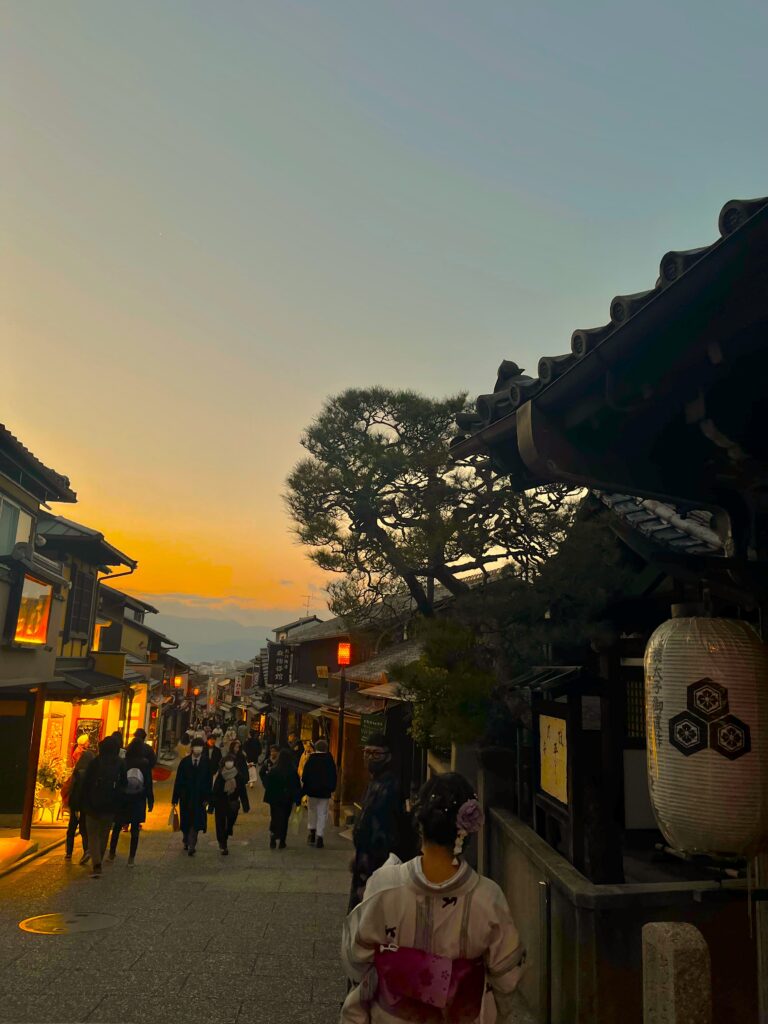
- category: Kyoto







